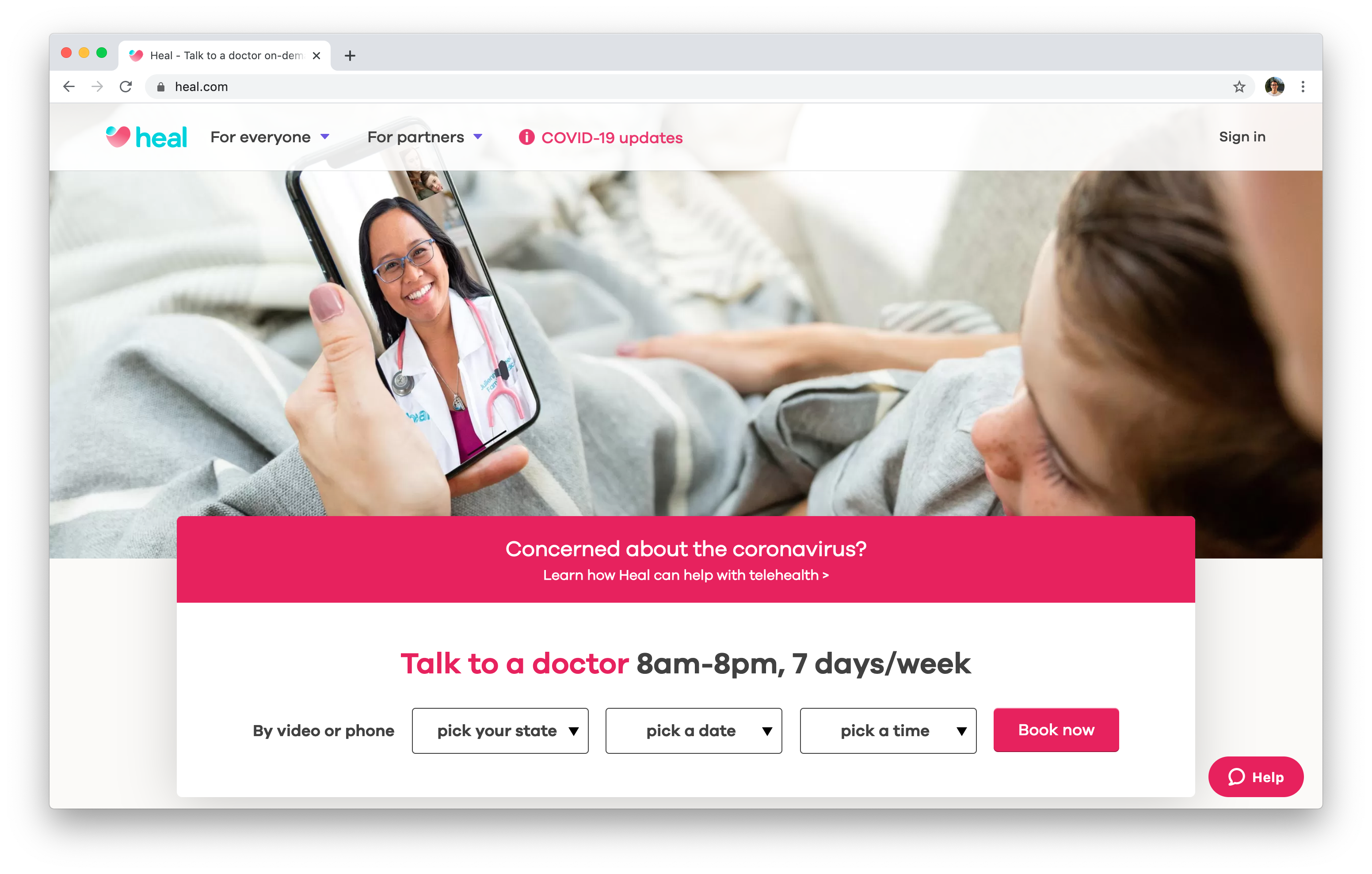Discovering the Growth of Subscription Based Healthcare in the Digital Age
Discovering the Growth of Subscription Based Healthcare in the Digital Age
Blog Article
Understanding the Cost-Effectiveness of Subscription-Based Medical Care Models
As the medical care landscape develops, subscription-based designs arise as an engaging option, guaranteeing to redefine exactly how individuals handle clinical expenditures. Reviewing these versions' cost-effectiveness demands a nuanced contrast with standard insurance policy, taking into consideration both financial ramifications and person satisfaction.
Overview of Subscription-Based Versions
Subscription-based medical care designs, sometimes referred to as direct key treatment or concierge medicine, are increasingly obtaining focus as a possible service to ineffectiveness within conventional healthcare systems. These designs run on the principle of offering patients straight accessibility to health care companies with a monthly or yearly cost, bypassing the requirement for traditional insurance policy systems. This arrangement intends to enhance patient-provider interactions by lowering administrative burdens, which usually impede timely and personalized treatment.
At the core of subscription-based designs is the focus on a more tailored client experience. Individuals take advantage of boosted access to their medical professionals, typically consisting of same-day or next-day consultations, extended examination times, and direct communication networks such as phone or video phone calls. This version fosters an aggressive method to healthcare, where providers and individuals can collaboratively concentrate on preventative care and chronic illness monitoring.

Cost Comparison With Standard Insurance Policy

One of the primary financial benefits of membership designs is transparency in prices. On the other hand, typical insurance might be a lot more helpful for people needing specialized care or pricey therapies not covered under a subscription model, as they benefit from the broader insurance coverage network and cost-sharing systems.
Nonetheless, cost-effectiveness is context-dependent. While membership models may offer financial savings for those primarily requiring medical care, people with chronic problems or specialized healthcare requirements might discover traditional insurance coverage more detailed. Therefore, examining particular medical care requirements and prospective use is important in determining the most cost-efficient option for individuals.
Influence on Patient Fulfillment
Person complete satisfaction within subscription-based medical care versions often reflects a considerable enhancement over typical insurance policy systems. This improvement is primarily credited to the personalized care and ease of access these models provide. Individuals often report greater fulfillment because of minimized wait times and the ease of scheduling appointments. Unlike traditional systems, where patients might experience delays in obtaining treatment, subscription-based versions make certain even more prompt and direct interactions with healthcare suppliers.
Moreover, the openness in expenses connected with subscription-based medical care eases the common aggravations related to unanticipated charges a knockout post and intricate billing processes seen in typical insurance (subscription based healthcare). Patients value knowing the specific financial dedication upfront, resulting in raised depend on and confidence in their health care management
Furthermore, the emphasis on precautionary treatment and wellness in registration models adds to improved health and wellness outcomes, better find more information enhancing person complete satisfaction. By concentrating on ongoing health care rather than anecdotal treatment, patients experience an even more continual and holistic health care journey.
Furthermore, the improved provider-patient partnership cultivated in these models, identified by even more time invested per patient and individualized focus, plays an important role in raising person satisfaction levels, as people feel truly cared for and recognized.
Company Point Of Views and Experiences
From the provider's viewpoint, subscription-based healthcare models provide a transformative method to providing clinical solutions. These designs highlight a preventative and positive medical care method, permitting providers to concentrate on thorough person treatment without the restraints of standard fee-for-service plans (subscription based healthcare). This shift in focus typically leads to improved patient results and enhanced company fulfillment, as health care professionals can allocate even more time and sources to client engagement and personalized treatment plans
Moreover, registration designs help with predictable earnings streams, which boost monetary stability for doctor. This predictability enables for improved resource preparation and allotment, adding to a more effective healthcare delivery system. Suppliers can invest in personnel modern technology, training, and facilities improvements, consequently enhancing the top quality of care provided.
However, the change to subscription-based designs is not without obstacles. Suppliers should adjust to new operational structures, which can involve considerable adjustments in billing methods and patient administration systems. In addition, there is a fundamental demand for durable data administration to track person outcomes and make certain top quality care. In spite of these difficulties, many suppliers locate that the benefits of enhanced individual communication and streamlined operations exceed the first challenges, making subscription-based models an appealing alternative.
Future Prospects and Difficulties

A main challenge is governing conformity, as subscription versions need to abide by progressing health care plans and insurance policy demands. This necessitates continual adaptation and technology to make sure alignment with lawful requirements. Additionally, incorporating these designs right into existing health care infrastructures can be complicated, requiring substantial investments in modern technology and training.
There is also the possible risk of developing inequities in medical care access, as registration models could favor those that can manage them, leaving susceptible populaces underserved. Addressing this needs thoughtful factor pop over to these guys to consider of prices approaches and subsidy systems to ensure inclusivity.
Final Thought
Subscription-based healthcare designs offer a viable option to typical insurance by using economic predictability and transparency, specifically benefiting individuals with chronic conditions or regular medical care demands. The cost-effectiveness of these versions is contingent upon private medical care usage patterns and conditions. While they might enhance client contentment and improve budgeting, difficulties continue to be in addressing specialized care needs. Future considerations include stabilizing thorough insurance coverage with affordability and integrating these models within the wider health care system for optimum outcomes.
Subscription-based healthcare models, sometimes referred to as straight key treatment or attendant medication, are progressively acquiring attention as a potential solution to inadequacies within typical health care systems. Unlike standard systems, where clients might experience hold-ups in obtaining care, subscription-based models make sure more timely and direct communications with health care suppliers.
These designs emphasize a preventative and aggressive health care strategy, permitting providers to concentrate on extensive patient treatment without the restrictions of traditional fee-for-service plans. As these models proceed to acquire traction, they provide the possible to reinvent patient access to care, streamline solution delivery, and enhance healthcare costs.Subscription-based healthcare designs present a feasible alternative to typical insurance by supplying financial predictability and openness, especially benefiting individuals with persistent conditions or regular medical care needs.
Report this page